On June 20th, the U.S. Coast Guard published the final version of 46 CFR Subchapter M, a long
awaited revamp of the laws that govern the inland waterway system. Over the next 11 years, all commercial towing vessels that are longer than 26 feet in length will have to comply to a set of new
rules and regulations.
- Environmental
- Marine Construction
- Dam Construction
- Harbor Management
- Railroad



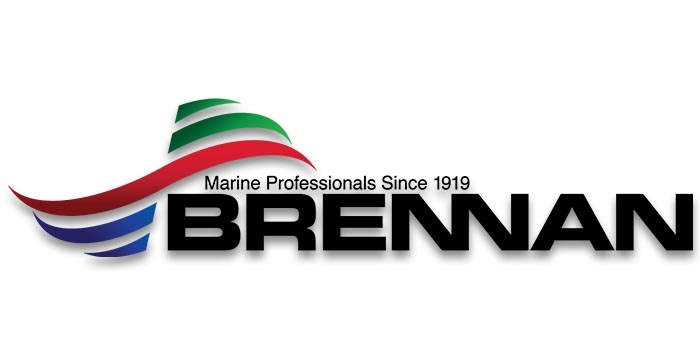
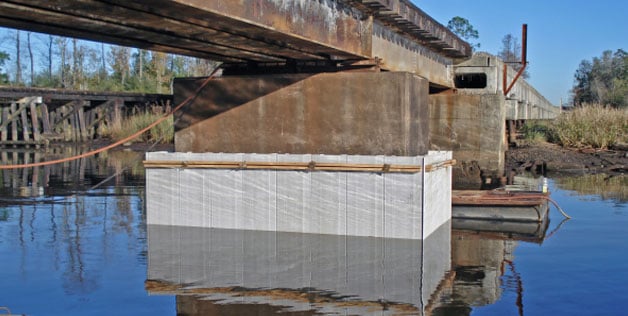
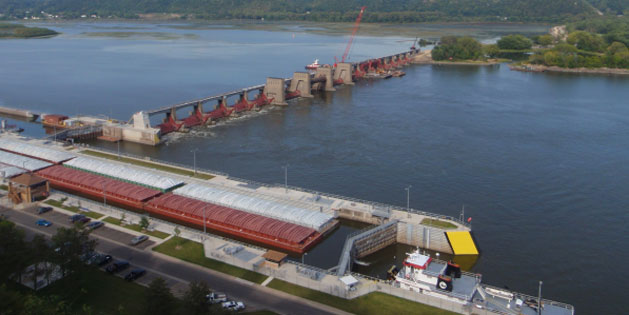
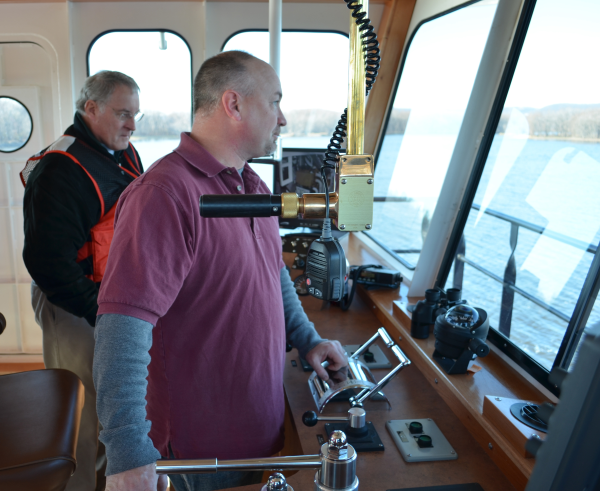
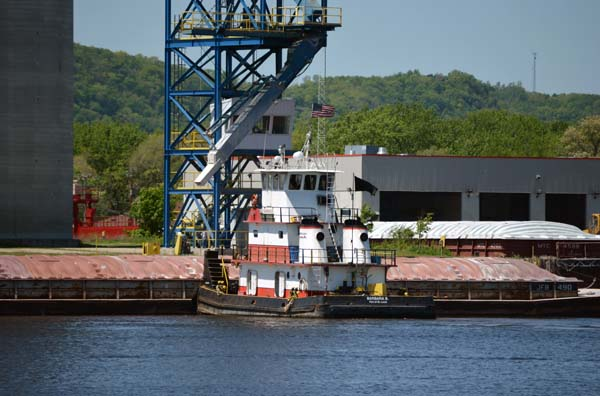
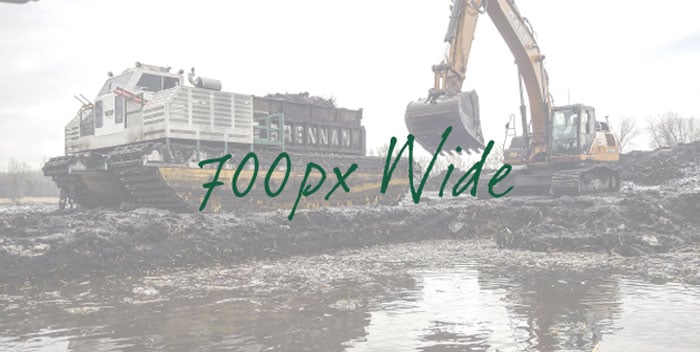
 Newer Posts
Newer Posts
